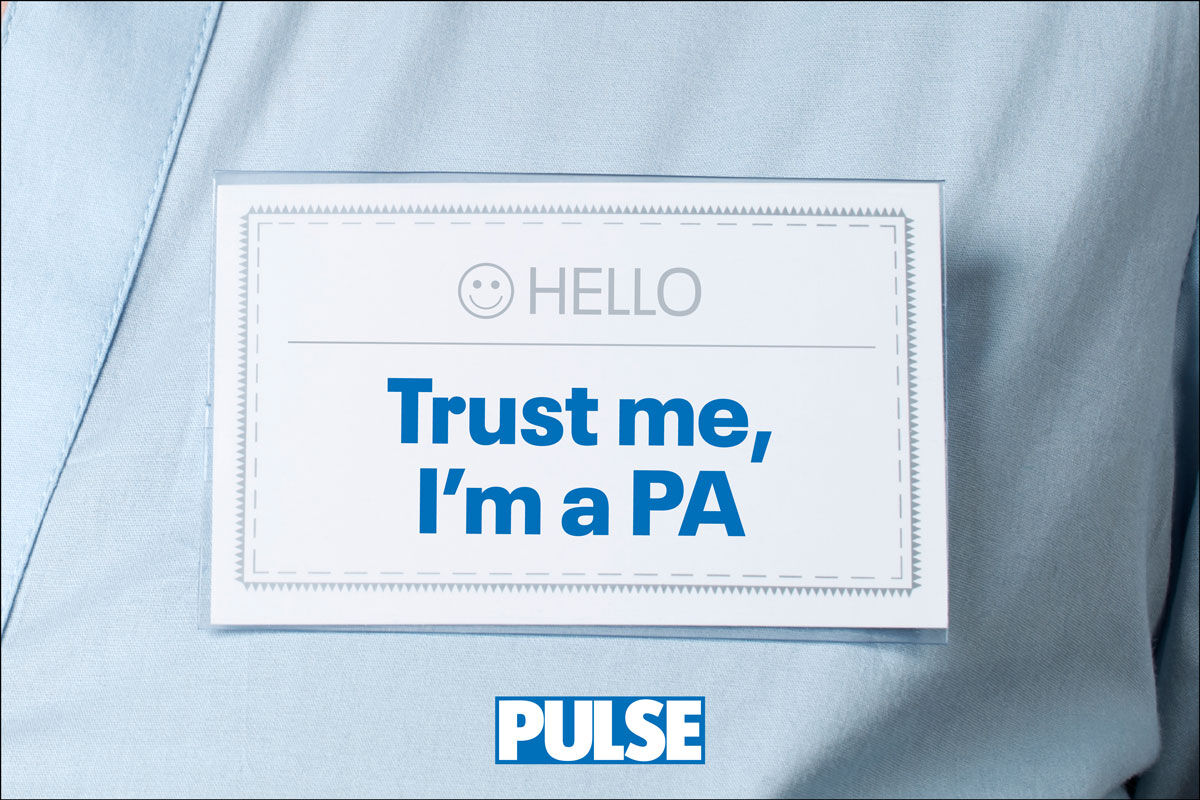Ophthalmologist Dr Mark Llewellyn starts our new series on diagnosing, managing and referring eye problems
Case
A 30-year old man presents with a red, sore right eye which suddenly developed 10 days before. A pharmacist had recommended he try OTC chloramphenicol and lubricants which is had been using for the previous f our days to no avail. He complains of a gradual and increasing blurring of vision with photophobia and lacrimation. He is otherwise fit and healthy – apart from a niggling shoulder problem from his days playing rugby. He has no previous ophthalmological problems but wears daily disposable contact lenses.
The problem
Acute anterior uveitis has an incidence of 1 in 10,000. The uveal tract consists of the iris, the ciliary body and the choroid but in anterior uveitis the choroid in the posterior chamber is unaffected. It is equally common in men and women, and more than 90% of cases occur in people older than 20 years of age.
Features
- Rapid onset- hours not days
- Pain is usually throbbing and photophobia is common
- Excess lacrimation is likely but there is no discharge
- Vision may be impaired in the early stages but only mildly but there is the risk of significant l oss in later, severe disease.
- the aetiology is unknown although some cases are a manifestation of a systemic disease, such as sarcoidosis, Behçet's disease or inflammatory bowel disease
- HLA-B27 is a genotype located on chromosome 6. It is present in 4% of the general population and up to 50% of patients with acute iritis.
Differential diagnosis
- Conjunctivitis – purulent discharge, no pain on accommodation, and possibly other family members affected
- Microbial keratitis- associated with contact lenses
- Acute angle closure glaucoma – in older patients
- Corneal abrasions
- Scleritis
- Herpetic keratitis
Examination
- Check acuity in each eye
- Check for photophobia with the ophthalmoscope
- Look for red reflex- may be dull in more severe cases
- Pupil in affected eye is usually smaller and irregular
- Instil fluoroscein to look for corneal abrasion/ulceration (see video below for demonstration)
- Pupil in affected eye is usually smaller and irregular
Five-minute eye examination
Referral
Refer urgently if there is:
- Marked visual impairment caused by severe corneal oedoema
- Pus in the anterior chamber (hypopyon) – look for a horizontal fluid line
- A fixed, mid-dilated pupil – possible acute angle closure glaucoma
- Early referral is recommended for other cases
Treatment
Ophthalmologist will usually treat with steroid and dilating drops
Consider prescribing atropine or cyclopentolate yourself- but make absolutely sure there is no suggestion of acute angle closure glaucoma. If there is refer urgently.
A small number will develop chronic uveitis but most cases resolved within six weeks
It often recurs and patients become good at spotting a flare-up. Consider treating these patients yourself after discussion with the ophthalmologist
Dr Mark Llewellyn is a consultant ophthalmologist at the Powys Teaching Health Board in Brecon.














